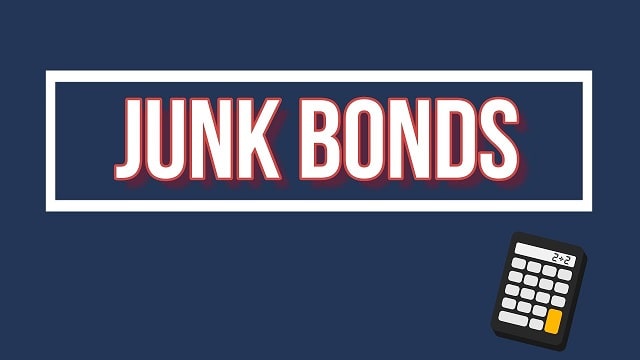What is a junk bond?
High-yield bonds, or junk bonds, are debt bonds with a low credit quality. They have a non-investment grade (not recommended for investment) according to rating agencies. They are also known by their English name, high yield bond.
Key points
- These are debt securities issued by entities with low credit ratings.
- Their appeal lies in the superior yield they offer, offsetting the higher risk of default.
- This type of investment requires careful analysis and understanding of the risk profile before proceeding.
Junk bonds: A simple explanation
In other words, high-yield bonds are issued by entities or governments with a higher risk of bankruptcy than investment-grade bonds.
Therefore, investing in junk bonds has a higher risk than investment-grade bonds, either due to their exposure to default or to market volatility.
In exchange for this higher risk, they offer a higher interest rate and that is why they are known as high-yield bonds. This allows investors to obtain good returns.
Rating agencies assess the risk level of these junk bonds and are responsible for raising or lowering their rating. Precisely, this type of bond usually has the worst ratings due to the level of risk it implies.
Classification of junk bonds
To be considered a bond of this type, the rating agencies Standard & Poor’s or Fitch must give it a rating equal to or lower than BB+. In the case of a rating given by Moody’s, it must be equal to or lower than Ba1.
On the contrary, if the bond receives a rating higher than the one we have mentioned, it will be considered an investment-grade bond.
In fact, if you decide to invest in bonds and do not make use of this type of information, you will probably take on a greater risk than you can afford with the consequences that this entails. At Economipedia, we recommend that before investing in bonds you train yourself and become familiar with how they work.
Who says it’s a junk bond?
There are three most relevant agencies that report these classifications:
- Standard & Poor’s
- Moody’s
- Fitch.
Their ratings vary between capital letters, lowercase letters, and numbers. In fact, although their contributions have a particular denomination for each agency, the general rule reflects the best ratings with the letter “A” and the worst, with the letter “B”. In this sense, junk bonds are usually rated BB+.

